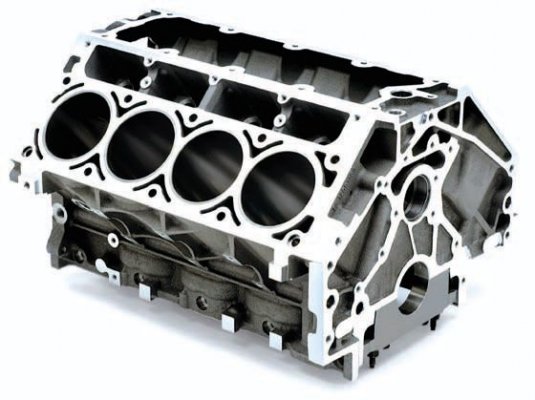George B
¯\_(ツ)_/¯
That ship has sailed…25847739, I paid $100ea at Rock Auto last April
ACDELCO 25847739 Motor Mount | RockAuto
RockAuto ships auto parts and body parts from over 300 manufacturers to customers' doors worldwide, all at warehouse prices. Easy to use parts catalog.
www.rockauto.com

